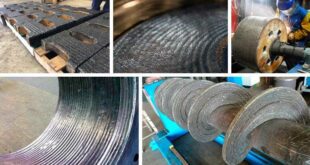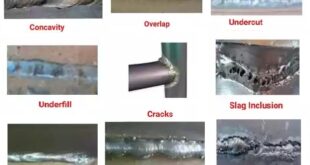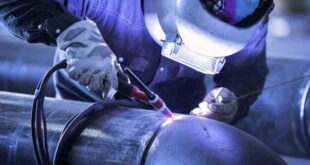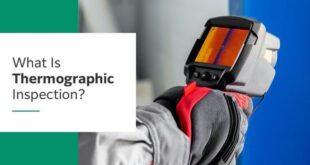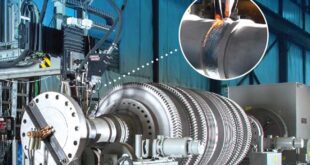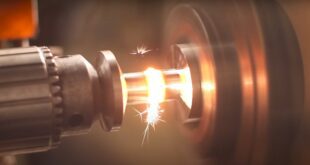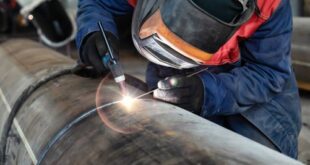Introduction Resistance butt welding is a solid-state welding process wherein two metal workpieces are joined together by the application of heat and pressure. Unlike traditional fusion welding methods that involve melting the base metals, resistance butt welding relies on the generation of heat through electrical resistance at the interface of …
Read More »Tungsten Carbide Hardfacing and Welding
Tungsten Carbide Hardfacing and Welding Introduction The field of metallurgy and material science has witnessed remarkable advancements, and one such innovation that has garnered significant attention is Tungsten Carbide Hardfacing. This technique involves applying a layer of tungsten carbide, a robust and wear-resistant material, onto the surface of a substrate, …
Read More »The Most Dreaded Defects in Welding
The Most Dreaded Defects in Welding In the world of metalworking and fabrication, welding is an indispensable process. Whether it’s building skyscrapers, constructing bridges, or crafting intricate art pieces, welding plays a vital role in joining metals. However, like any other process, welding is not without its challenges. Welders and …
Read More »Microstructural Zones of Welds
Microstructural Zones of Welds: A Deep Dive Introduction In the world of metalworking and fabrication, welding is a fundamental process that joins two or more pieces of metal together. While the act of welding might seem straightforward, a closer look reveals a complex world of microstructures within the weld area. …
Read More »Thermographic Testing – NDT Inspection
Maximizing Quality: Comprehensive Guide Thermographic Testing for Welded Joints Thermographic Testing operates on the principle of detecting temperature variations. It utilizes an infrared camera to capture the heat patterns emitted by the surface of the welded joint. The underlying idea is simple: flaws or defects often generate distinct thermal signatures. …
Read More »Welding Techniques for Super alloys
Welding Techniques for Super Alloys: Mastering the Craft Introduction Welding Techniques for Super Alloys have become indispensable in today’s engineering landscape. These advanced materials exhibit exceptional strength, corrosion resistance, and heat tolerance, making them ideal for aerospace, automotive, and industrial applications. To harness their full potential, mastering the art of …
Read More »What Is Inertia Welding?
What Is Inertia Welding? Introduction Inertia welding, also known as rotary friction welding or flywheel welding, is a solid-state welding process that joins two metal workpieces through the application of rotational and axial forces. It utilizes the principle of generating frictional heat at the joint interface to create a metallurgical …
Read More »What is x-ray welding?
What is x-ray welding? Introduction Definition of X-ray welding X-ray welding is a specialized welding technique that utilizes X-rays to weld two pieces of metal together. The process involves using an X-ray machine to generate high-energy radiation, which is then directed onto the weld area to produce a weld. This …
Read More »What Is Explosion Welding?
Introduction Explosion welding, also known as explosive welding or EXW, is a solid-state welding process that uses the energy generated by a chemical explosion to bond two or more dissimilar metals or alloys. The process is characterized by the formation of a high-velocity jet of metal that collides with a …
Read More »NDT Non-Destructive Testing
NDT Non-Destructive Testing Introduction Non-Destructive Testing (NDT) is a group of techniques used in science and industry to evaluate the properties of a material, component or system without causing any damage to it. This means that the inspection process does not alter or affect the material or component in any …
Read More » Welding of Welders All about Welding and Welders
Welding of Welders All about Welding and Welders

